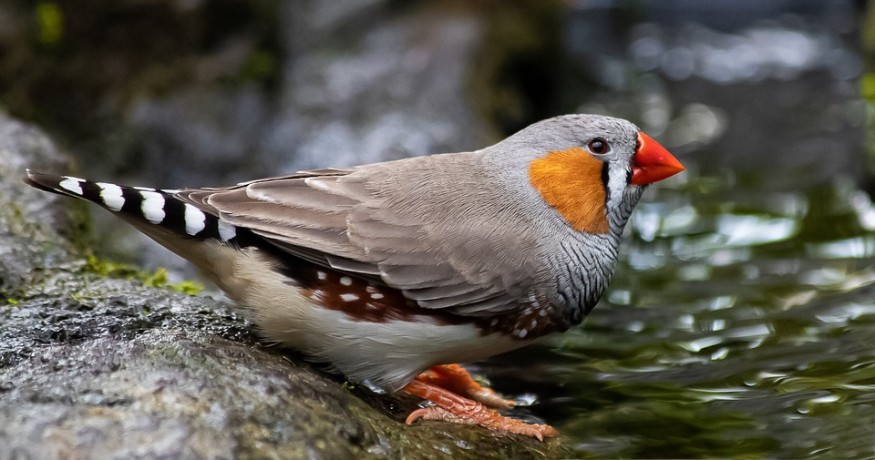
The world is no stranger to singing birds. In fact, the oldest trick in the book is being able to teach a bird a song, as they can mimic the human sound. But what if these flying feathered creatures suddenly chirped tunes they've never heard before?
Researchers from the University of Texas Southwestern were able to skip the lengthy process of teaching speech—in this case, song—by implanting false memories into birds' brains through manipulation of electrical activity in the brain.
Study author Dr. Todd Roberts emphasized how this was the first time they have confirmed brain regions that encode behavioral-goal memories—memories that guide the human brain when intending to imitate speech or mimic different sounds. The findings enabled them to implant these memories into the birds.
Through the relatively new biological technique involving the use of light to manipulate and control cells—mostly neurons—in living tissue called optogenetics, the team of scientists was able to trigger particular neuron circuits in the birds to get them to memorize new songs.
The researchers made use of the bird species zebra finch, mainly because they possess many similar stages of human vocal development. When they are born, zebra finches hear their fathers sing, eventually picking up the notes. They learn to replicate this behavior after practicing over and over again.
Dr. Roberts' team was able to encode memories in the birds that were never taught by their fathers, through controlling the interaction between two regions of the brain. The zebra finches made use of these implanted memories to learn the syllables of songs, with the extent of each note matching the amount of time the light kept the neurons active. It means the shorter the light exposure, the shorter the note.
"We're not teaching the bird everything it needs to know - just the duration of syllables in its song," Dr. Roberts said. "The two brain regions we tested in this study represent just one piece of the puzzle."
The findings described in the Science analyzed new findings on establishing how behavioral-goal memories are constructed and how they impact the process of learning vocalization.
The team was able to find answers by experimenting on connections between sensory-motor areas of the brain. Specifically, the researchers made use of optogenetics to manipulate the activity of neurons in the NIf (nucleus interfacialis of the nidopallium) brain region and control the information it sends out to the HVC (avian brain region)—another area involved in learning from auditory experience.
Apart from taking note of the NIf's role in forming syllable-specific memories, Dr. Roberts' team discovered that these memories were being stored somewhere else in the brain after formation. They proved this by cutting off the link between the NIf and HVC at different points of the learning process. Zebra finches that have already formed the memory are still able to chirp the song, while those tutored only after the neural communication was severed were not able to mimic the tunes.
What propelled the research was not to be able to implant information inside the brains of animals, but to understand how language is processed by the brain. This experiment could be a breakthrough for analyzing how speech deficiencies and problems in language development work, and hopefully someday discover possible ways to treat people struggling with autism and speech disorders.











